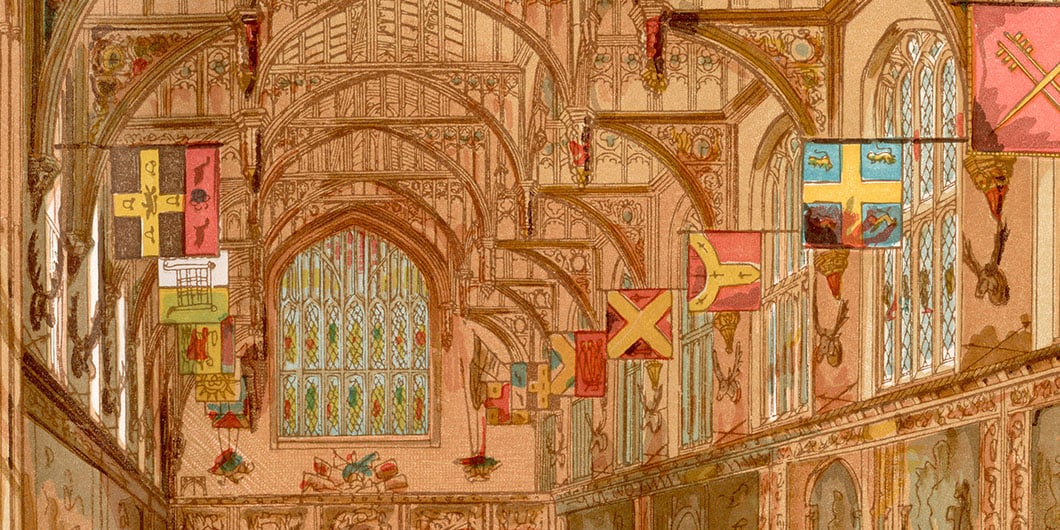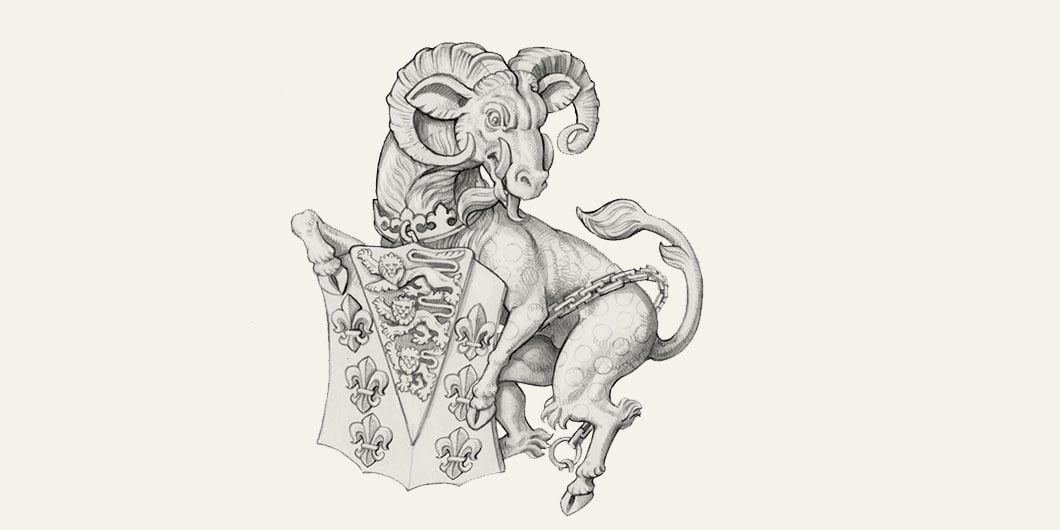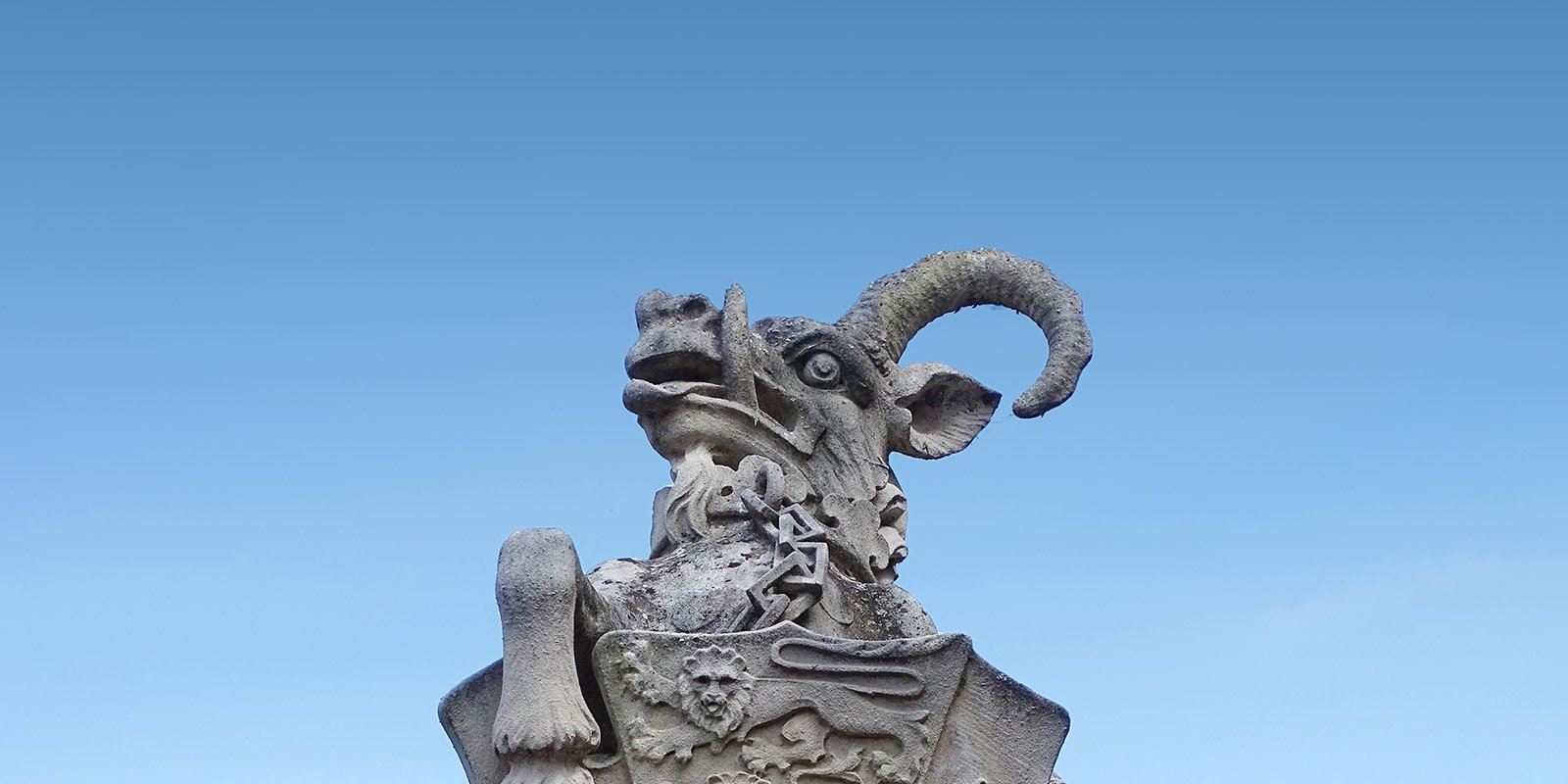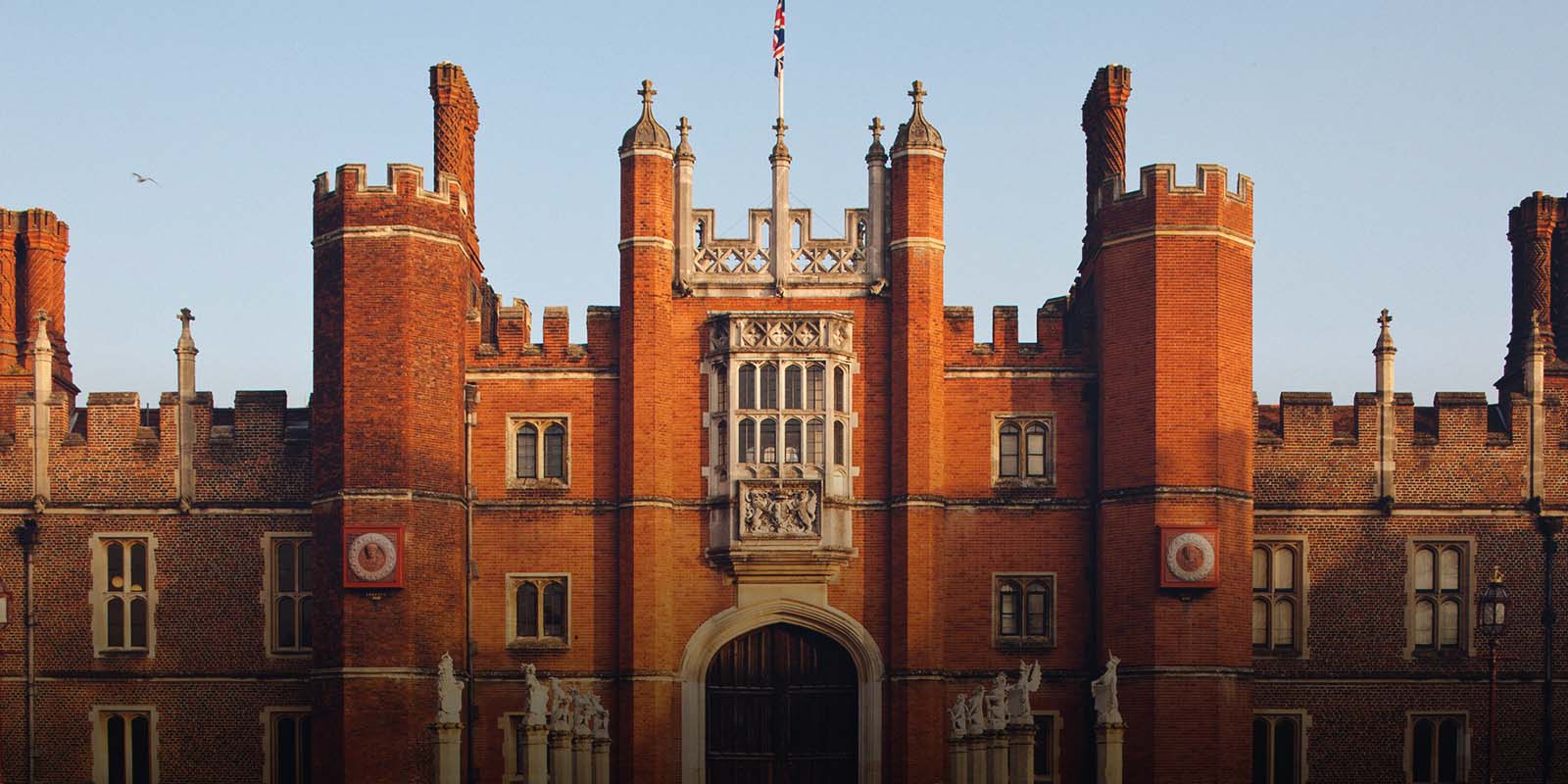Coins and heraldry may be very different forms of art that require very different skills to create but they do have one important thing in common. Charting shifts in power and the lineage of the kings and queens that have ruled Britain, both have told the nation’s story for centuries.
Heraldry originated on the battlefield in the thirteenth century to help identify friend from foe. In an age where much of the country was illiterate, aristocratic families and royalty used heraldry to symbolise the power of descent, pedigree, and allegiances, with emblems becoming more elaborate as time went on.
We have been making coins for more than 1,100 years and each coin is more than just a token of trade. Even the earliest coins have an obverse, which bears a portrait of the ruling monarch, and a reverse, featuring a symbolic design that captured the values of the era. As coin design became more sophisticated through time, engravers and designers have turned to heraldry for inspiration, from flora and fauna to animals, and even mythical creatures.
One monarch who embraced the power of heraldry was Henry VIII. The formidable king used the art form to reinforce the strength of the Tudor dynasty and his lavish decoration of Hampton Court Palace, and its grounds nearly bankrupted the country; no one could be in any doubt as to the power and authority of its occupants.

The Royal Tudor Beasts
The Moat Bridge, the main entrance to Hampton Court Palace, is adorned by ten stone guardians. Each fearsome Royal Beast holds historic meaning and the ten figures evenly represent Henry VIII and his third wife, Jane Seymour. These regal protectors provided the inspiration for The Royal Tudor Beasts Collection from The Royal Mint.
The collection began with the Seymour Panther and Lion of England, and the third release focuses on the weird and wonderful Yale of Beaufort. This mythical creature inspires awe in all who approach the palace, with its goat or antelope-like body, the fierce tusks of a boar, a lion’s tail and large horns that swivel in any direction to defend against attacks from all quarters.
Working closely with our Product Design team, the renowned sculptor and illustrator David Lawrence has created each of the reverse designs for The Royal Tudor Beasts Collection. The artist has created modern designs inspired by the original stone beasts, which have been captured in fine detail by a blend of time-honoured craftsmanship and innovative techniques that is unique to The Royal Mint.

“David has presented a dynamic and engaging interpretation of the beasts as seen at Hampton Court Palace. It was a challenge to take these historic pieces and present them in such a way that you could imagine them springing to life. To get the right pose, several variations were created for each beast which were reduced to the strongest options during the development phase. The results were then made available to The Royal Mint Advisory Committee for final selection.”
Lee R. Jones, Product Design Lead at The Royal Mint
Struck in gold and silver to Proof standard, and available as a Brilliant Uncirculated edition, the Yale of Beaufort coin is available now in a range of editions. Created in collaboration with the experts at Historic Royal Palaces, each coin comes with packaging that explores the Yale of Beaufort’s heraldic importance and reveals the process of perfecting the coin’s design.
View the coins so far or find out more about this majestic collection here.
The Yale of Beaufort
Be Inspired
THE YALE OF BEAUFORT
Find out more


